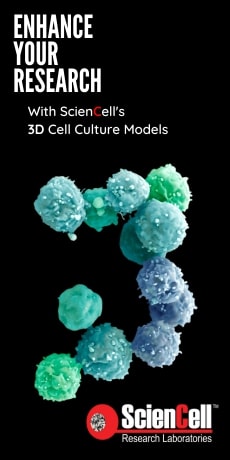Monthly Archives: October 2015
-
- October 08, 2015
Dye-based qPCR assays, such as SYBR® Green and EvaGreen®, have many advantages over probe-based qPCR assays. Dye-based systems are desirable because they are highly adaptable, cost effective, and time efficient. qPCR specificity, however, is a vital factor to consider when using dye-based qPCR assays. The dyes can bind to any double strand DNA, regardless of whether it is the desired qPCR product, a non-specific amplification, or a primer dimer.
Low specificity is mainly caused by non-specific binding of primers, which includes binding to similar sequences in the DNA template at random locations, binding between primers, and primer self-binding. In addition to careful primer design to exclude undesired primer complimentarity, there are many other ways to improve qPCR specificity. The most effective way to improve specificity is to design primers about 23-26 nucleotides long, with a high annealing temperature (Tm) around 65°C. This is especially important when using genomic DNA or cDNA

